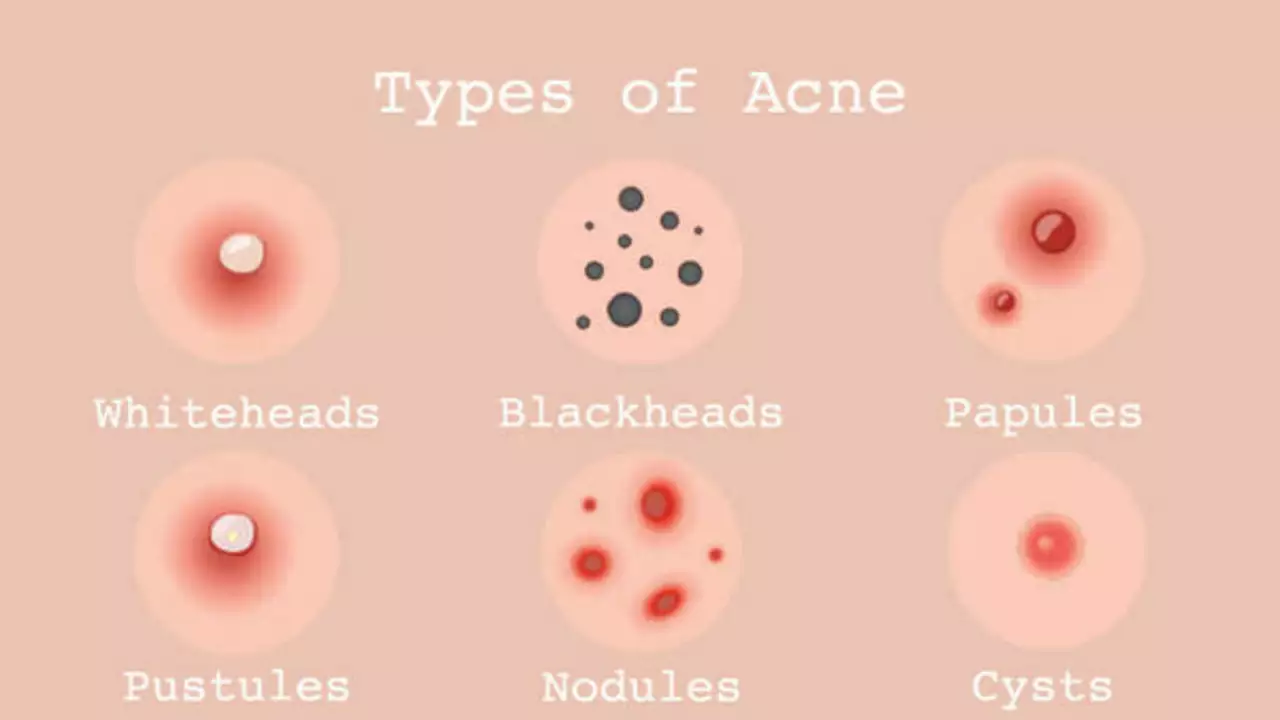Cystic Acne: What You Need to Know to Take Control
Cystic acne is not your typical breakout. It’s a severe form of acne that goes deep under the skin, causing painful lumps filled with pus. Unlike regular pimples, cystic acne can leave scars if not treated properly. So, if you’re dealing with these stubborn bumps, understanding what’s behind them can make a big difference in managing them.
First off, cystic acne often happens when pores get clogged with oil, dead skin cells, and bacteria, but the big factor is inflammation deep under the surface. This inflammation causes the skin to react strongly, making the cysts swollen and tender. Hormones, stress, and genetics play a key role – that’s why some people get cystic acne even when their overall skin isn’t oily.
How To Treat Cystic Acne Effectively
Since cystic acne is more intense than regular acne, simple spot treatments usually won’t cut it. A popular option is topical retinoids like tretinoin, which help unclog pores and reduce inflammation. In some cases, dermatologists recommend oral medications like isotretinoin (often known by brand names like Accutane), which can significantly clear severe cases but must be used under strict medical supervision due to possible side effects.
Besides medications, maintaining a gentle skin care routine is crucial. Avoid scrubbing hard or using harsh products that can irritate the skin further. Instead, stick to a mild cleanser, use oil-free moisturizers, and always wear sunscreen since cystic acne treatments often increase skin sensitivity to the sun.
Tips to Prevent Scars and Manage Skin Health
Picking or squeezing cystic acne spots is a big no-no. It not only delays healing but raises the risk of scars and dark spots. If scars do develop, treatments like silicone gels, laser therapy, or chemical peels may help, but those are best discussed with a dermatologist.
Finally, keep in mind that cystic acne often needs a combination of treatments and patience. Healing can take weeks to months, so sticking to your routine and checking in with a skin care professional is key for better results. You don’t have to live with painful cysts, but managing them right means understanding what’s happening under your skin and taking smart steps every day.
Nodular Acne vs. Cystic Acne: What's the Difference?
- Elliot Grove
- on Jul 26 2023
- 15 Comments
In my latest blog post, I delve into the differences between nodular and cystic acne, two severe forms of acne that often get confused. While both are painful and can cause scarring, nodular acne is characterized by hard, inflamed lumps beneath the skin's surface, whereas cystic acne is softer, filled with pus, and often larger. Both conditions can be triggered by hormones, stress, and diet, but cystic acne is more linked to genetic factors. Treatment options differ for each, with nodular acne often requiring stronger prescription medications while cystic acne may respond to hormonal therapies. Understanding the differences can help you seek the right treatment and manage these stubborn skin conditions.

